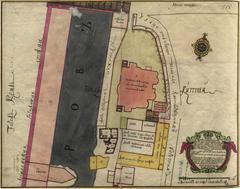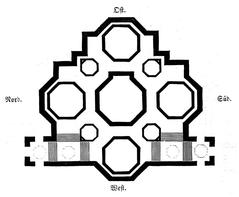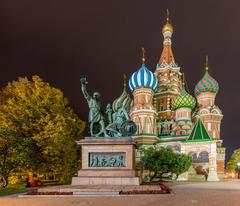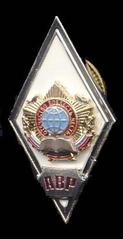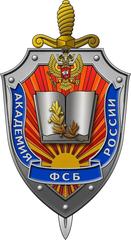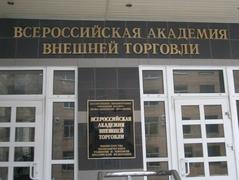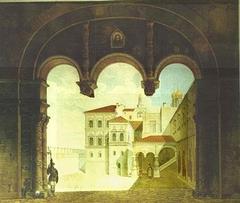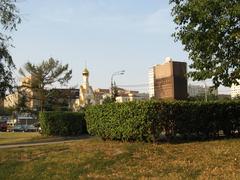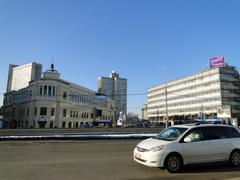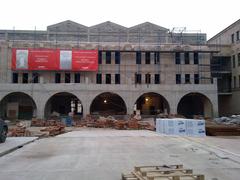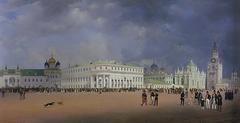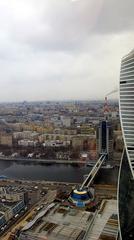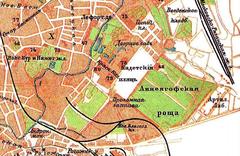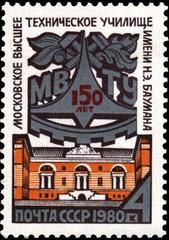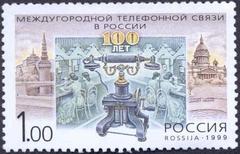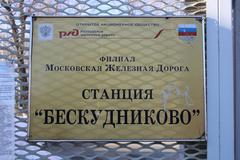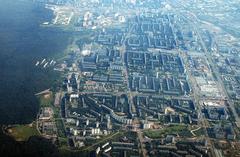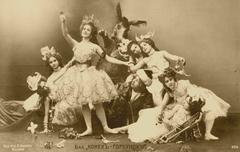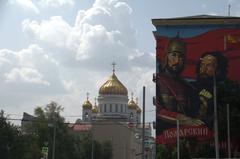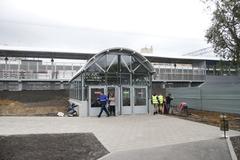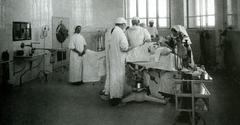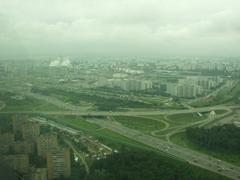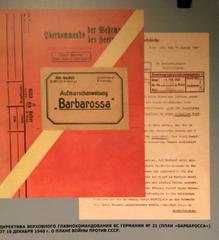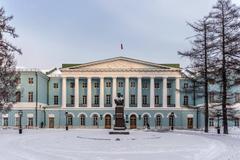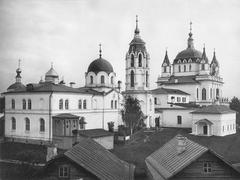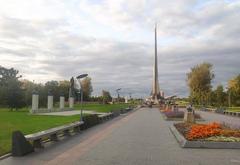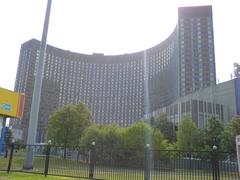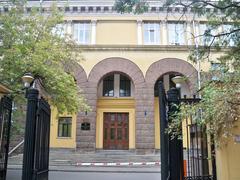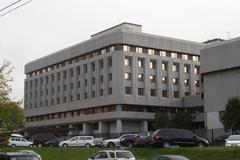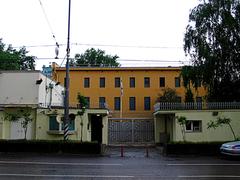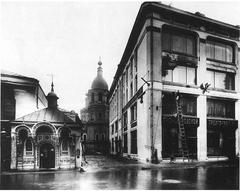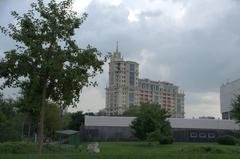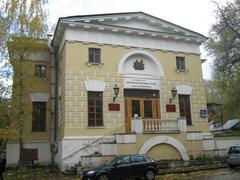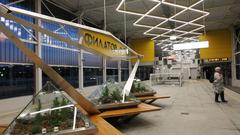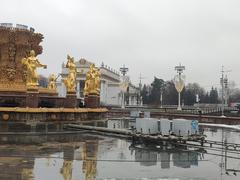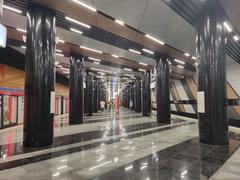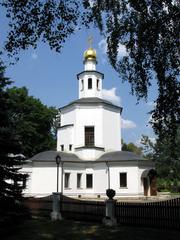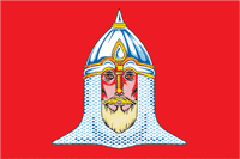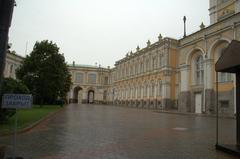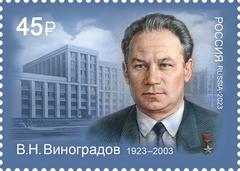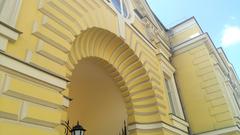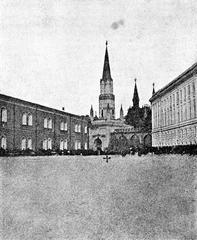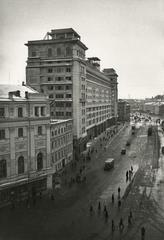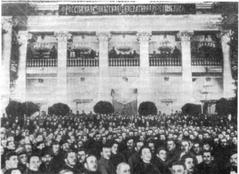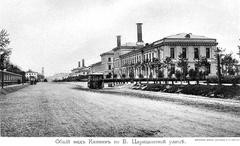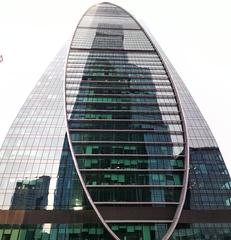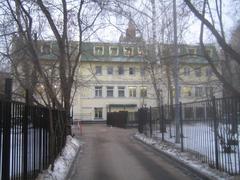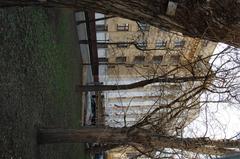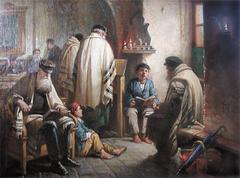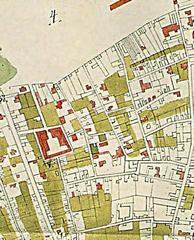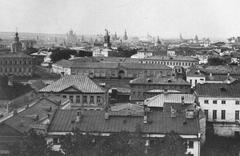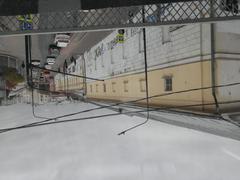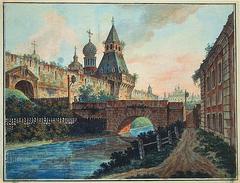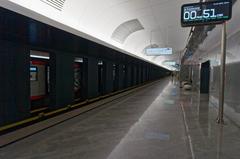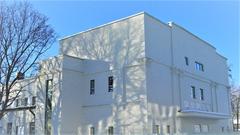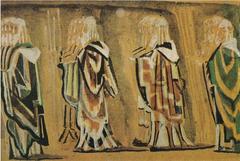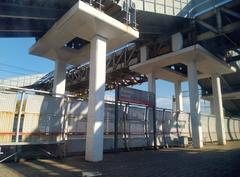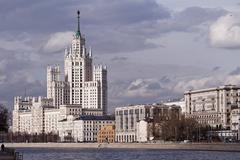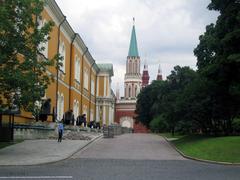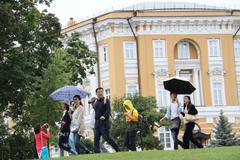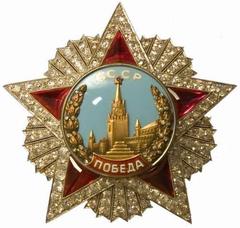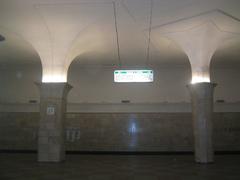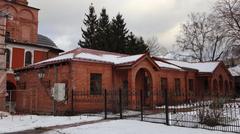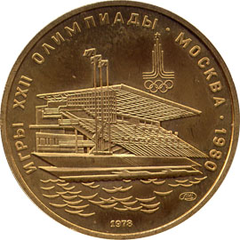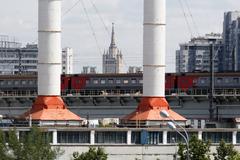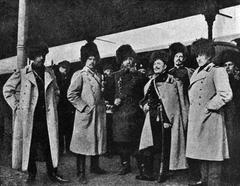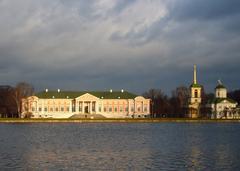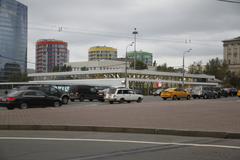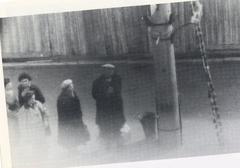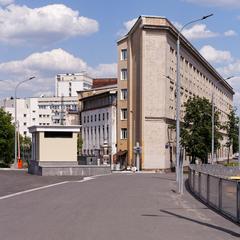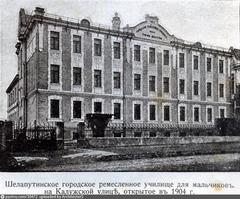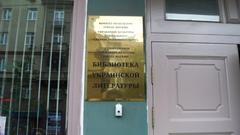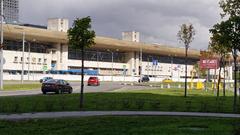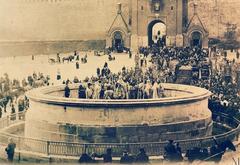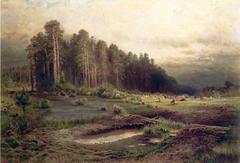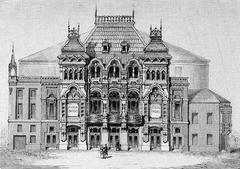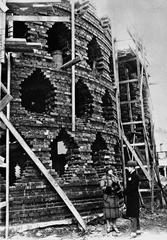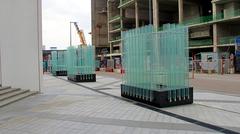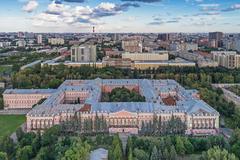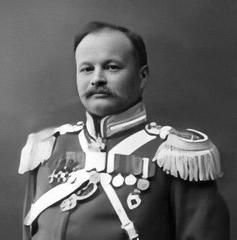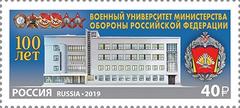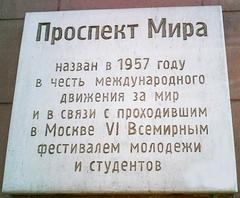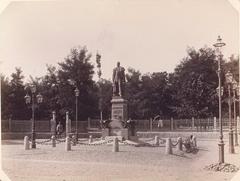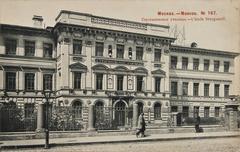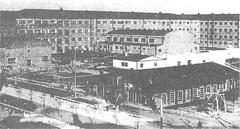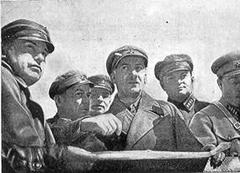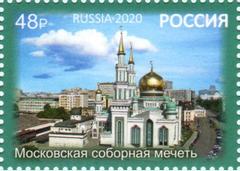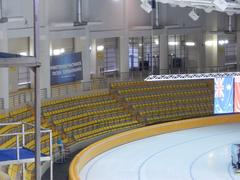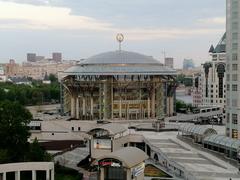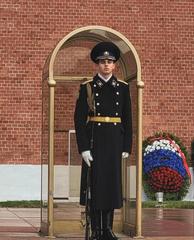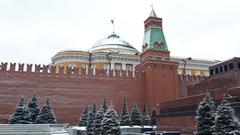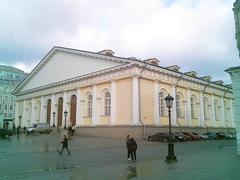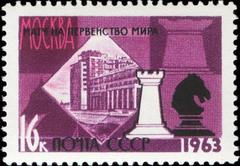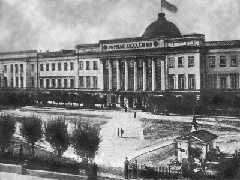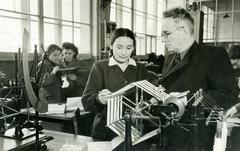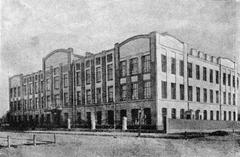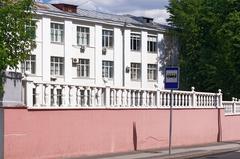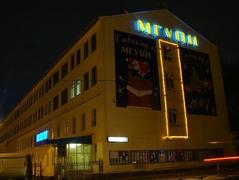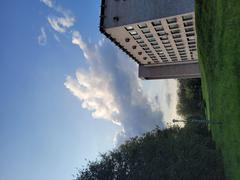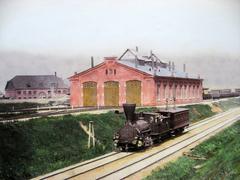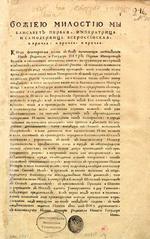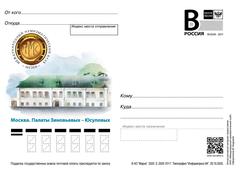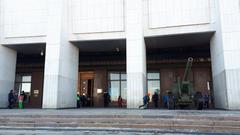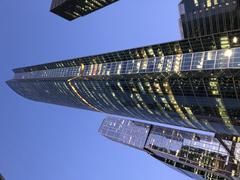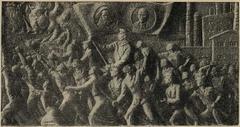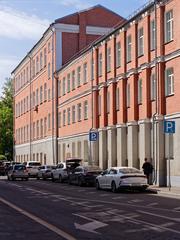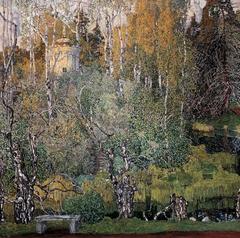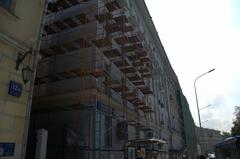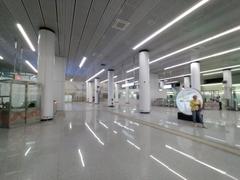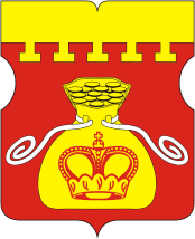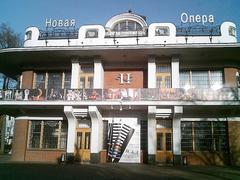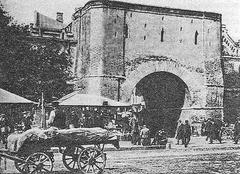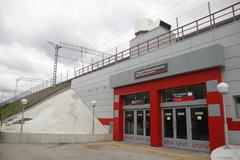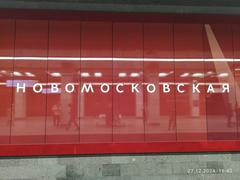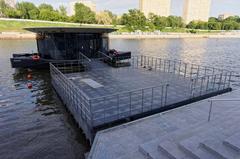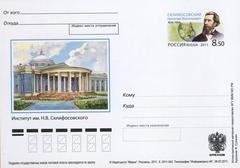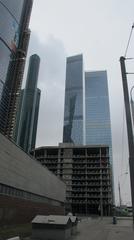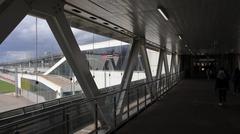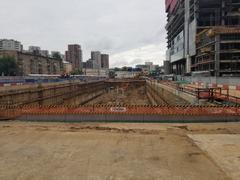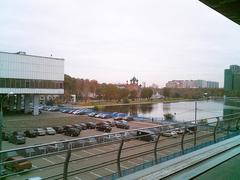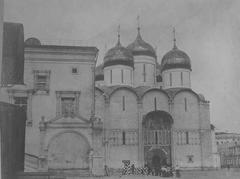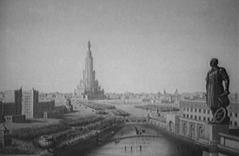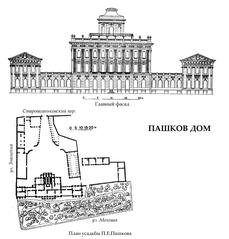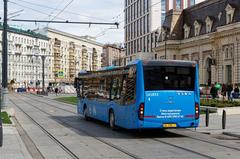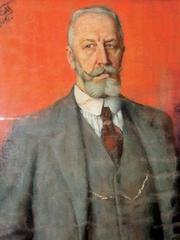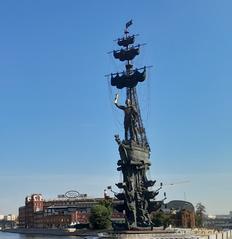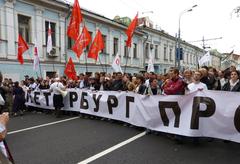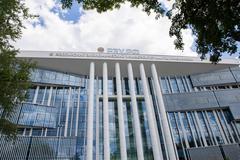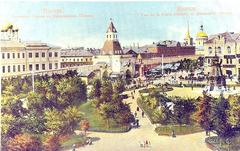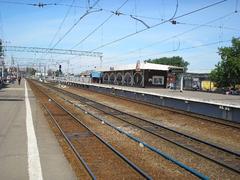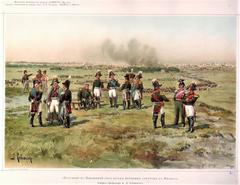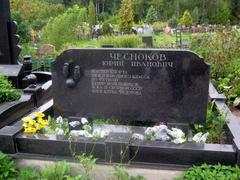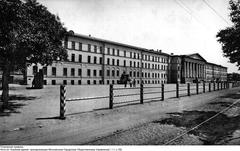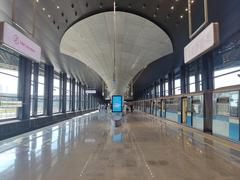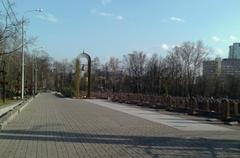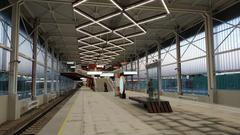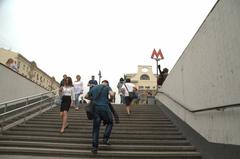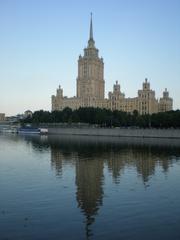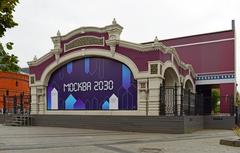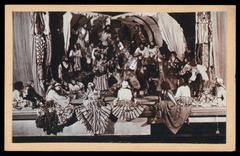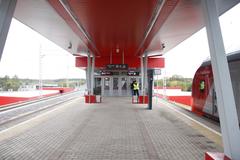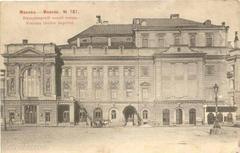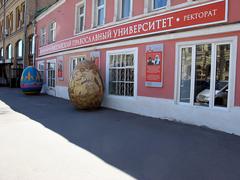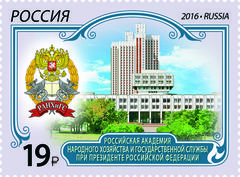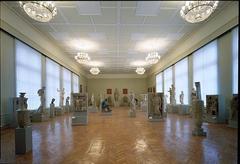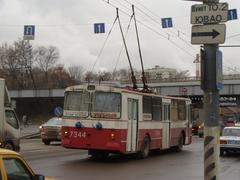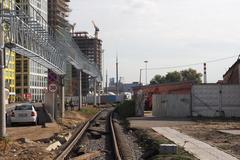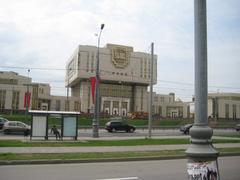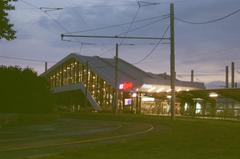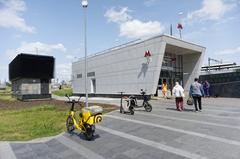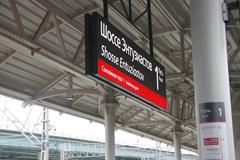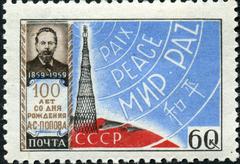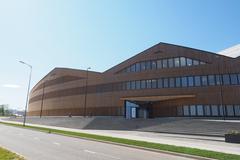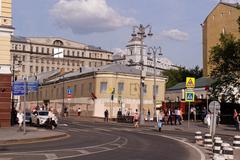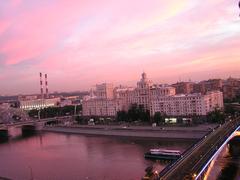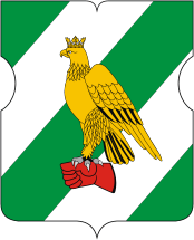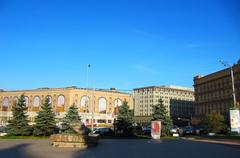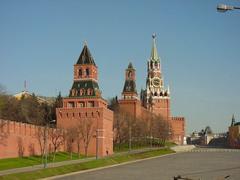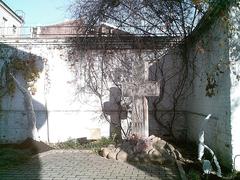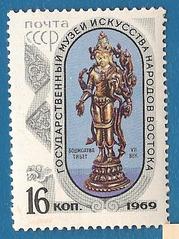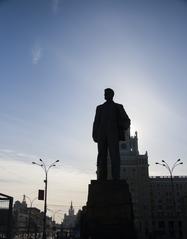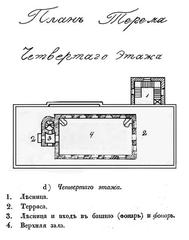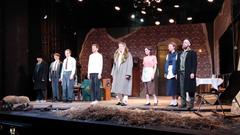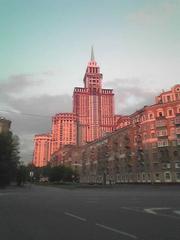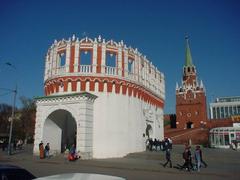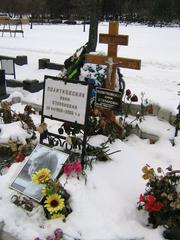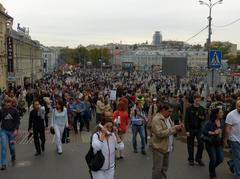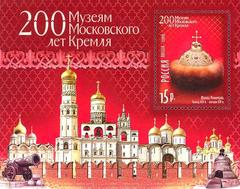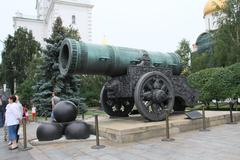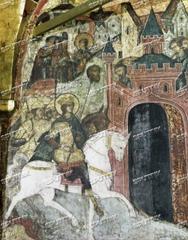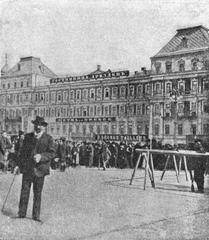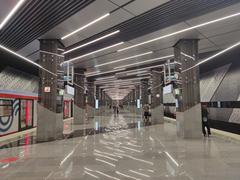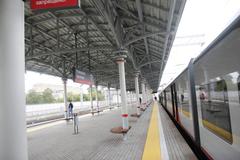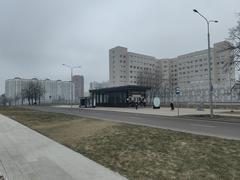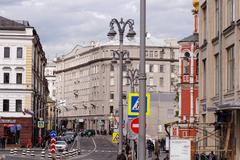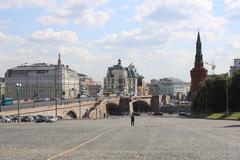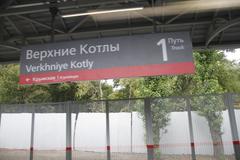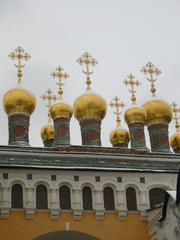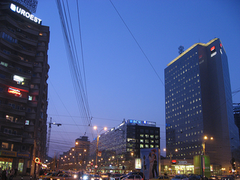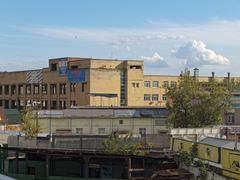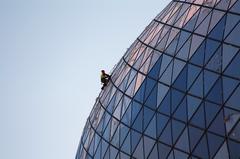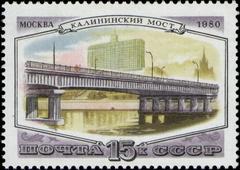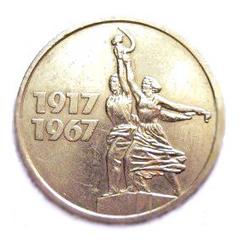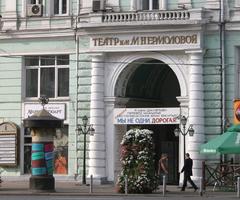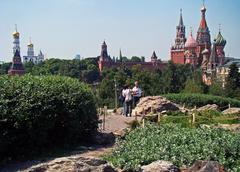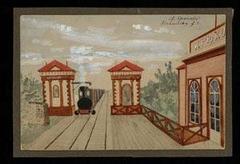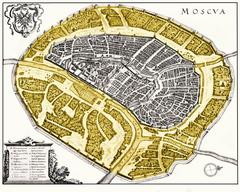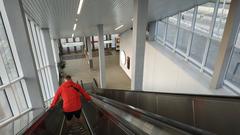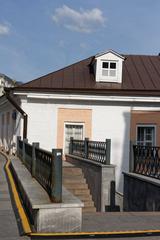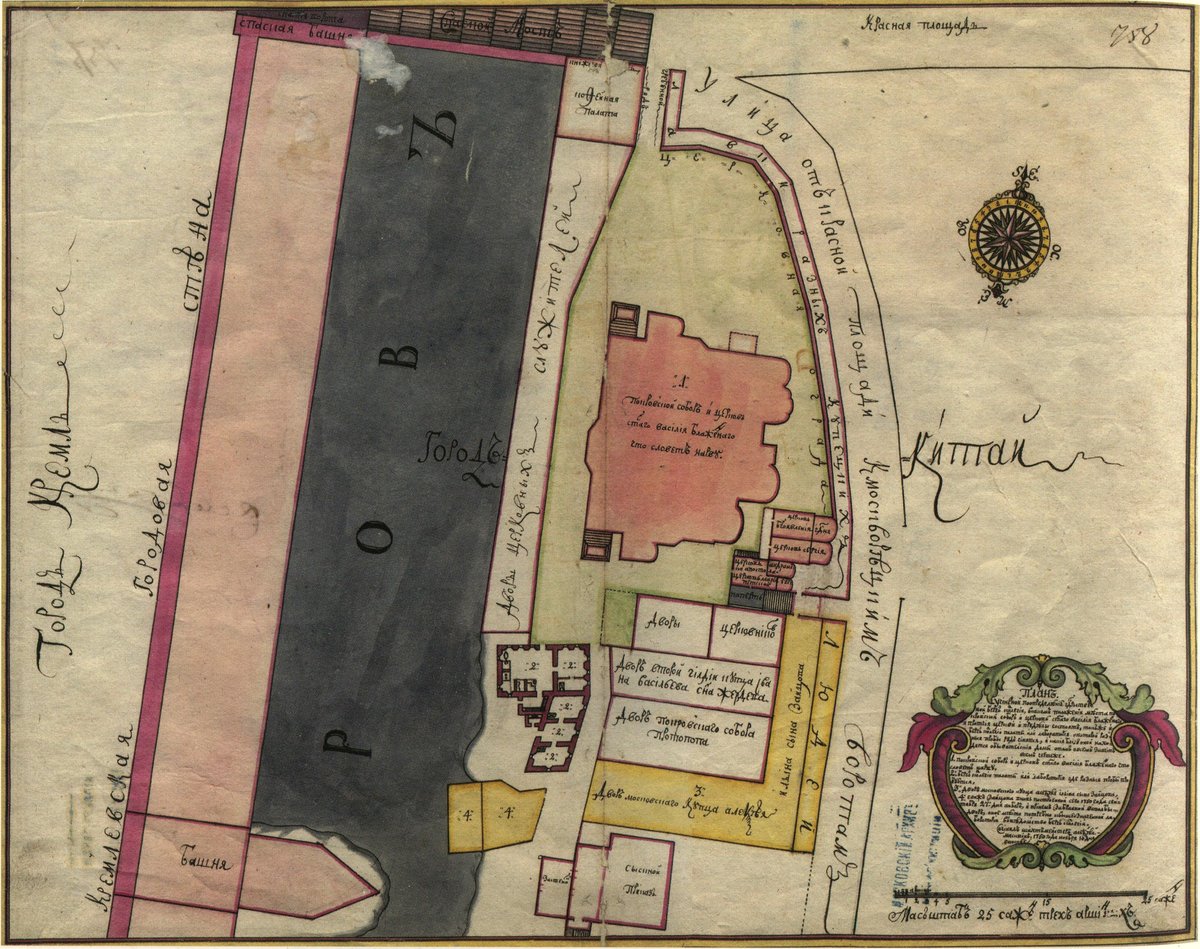
Complete Guide to Visiting St. Basil’s Cathedral, Moscow, Russia
Date: 17/07/2024
Introduction
St. Basil’s Cathedral, officially known as the Cathedral of the Intercession of the Most Holy Theotokos on the Moat, stands as one of Moscow’s most iconic and historically significant landmarks. Located on the renowned Red Square, this architectural marvel attracts millions of visitors each year, drawn by its vibrant colors, unique onion domes, and intricate designs. Constructed between 1555 and 1561 under the orders of Ivan IV, commonly known as Ivan the Terrible, the cathedral was built to commemorate the capture of Kazan and Astrakhan (Moscow.info). The cathedral’s design, a harmonious blend of Russian, Byzantine, and Asian architectural styles, makes it a focal point of study for historians and architects alike (Russia Beyond). Over the centuries, St. Basil’s Cathedral has not only served as a place of worship but also as a symbol of Russia’s cultural and religious heritage, enduring through periods of political upheaval and transformation. Today, it remains a UNESCO World Heritage Site, embodying the rich history and architectural innovation of Russia (UNESCO). This comprehensive guide will delve into the cathedral’s rich history, architectural features, visitor information, and travel tips to help you make the most of your visit to this magnificent monument.
Table of Contents
- Introduction
- History of Собор Василия Блаженного (St. Basil’s Cathedral)
- Architectural Features
- Visitor Information
- Special Events and Guided Tours
- Photographic Spots
- Preservation Efforts
- Visitor Experience
- FAQ
- Conclusion
History of Собор Василия Блаженного (St. Basil’s Cathedral)
Origins and Construction
St. Basil’s Cathedral was commissioned by Ivan IV (Ivan the Terrible) to commemorate the capture of Kazan and Astrakhan. The construction began in 1555 and was completed in 1561. The cathedral was designed by the architects Barma and Postnik Yakovlev, although some sources suggest they might have been the same person (Moscow.info).
Architectural Design
The cathedral’s design is a unique blend of Russian, Byzantine, and Asian architectural styles. It consists of nine chapels, each crowned with a distinctive onion dome. The central chapel is dedicated to the Intercession of the Virgin, while the other eight chapels commemorate various saints on whose feast days Ivan IV won significant battles (Russia Beyond).
Historical Significance
St. Basil’s Cathedral holds immense historical significance as a symbol of Russia’s architectural innovation and religious devotion. It was built during a period of territorial expansion and consolidation under Ivan IV, marking the transformation of Moscow into a powerful state. The cathedral’s vibrant colors and intricate designs reflect the cultural and artistic achievements of the time (History.com).
Legends and Myths
Several legends surround the construction of St. Basil’s Cathedral. One popular myth is that Ivan the Terrible blinded the architects to prevent them from creating anything as beautiful again. However, historical records indicate that Postnik Yakovlev continued to work on other projects, debunking this myth (Smithsonian Magazine).
Changes and Restorations
Over the centuries, St. Basil’s Cathedral has undergone numerous changes and restorations. In the 17th century, the cathedral’s domes were gilded and painted in vibrant colors, enhancing its visual appeal. During the Soviet era, the cathedral faced threats of demolition but was preserved as a museum. Extensive restoration work was carried out in the 20th century to maintain its structural integrity and aesthetic beauty (UNESCO).
Cultural Impact
St. Basil’s Cathedral has had a profound impact on Russian culture and identity. It is a symbol of Moscow and Russia, often featured in literature, art, and media. The cathedral’s unique architecture has inspired numerous replicas and adaptations worldwide, showcasing its enduring influence on global architectural styles (Lonely Planet).
Modern-Day Relevance
Today, St. Basil’s Cathedral remains a significant cultural and religious landmark. It is a UNESCO World Heritage Site and a popular tourist destination, attracting millions of visitors annually. The cathedral continues to serve as a symbol of Russia’s rich history and architectural heritage, offering a glimpse into the country’s past and its enduring legacy (UNESCO).
Key Historical Events
- 1555-1561 - Construction of St. Basil’s Cathedral under the reign of Ivan IV.
- 1588 - Addition of the chapel dedicated to St. Basil the Blessed, after whom the cathedral is popularly named.
- 1680s - Major renovations, including the addition of the colorful domes and the gallery.
- 1929 - The cathedral is secularized and converted into a museum by the Soviet government.
- 1990 - St. Basil’s Cathedral is designated as a UNESCO World Heritage Site as part of the Kremlin and Red Square ensemble (UNESCO).
Architectural Features
Onion Domes
The cathedral’s most distinctive feature, the onion domes, are painted in bright colors and intricate patterns, symbolizing the Heavenly City.
Interconnected Chapels
The nine chapels are interconnected by a labyrinth of galleries and passageways, creating a complex and fascinating interior layout.
Iconostasis
Each chapel contains an iconostasis, a screen decorated with icons, separating the sanctuary from the nave (Russia Beyond).
Visitor Information
Tickets and Visiting Hours
- Opening Hours - St. Basil’s Cathedral is open daily from 11:00 AM to 5:00 PM, with extended hours during the summer months.
- Ticket Prices - General admission tickets cost approximately 700 RUB for adults, with discounts available for students, seniors, and children.
Travel Tips
- Best Time to Visit - Early morning or late afternoon visits are recommended to avoid crowds.
- Nearby Attractions - Located on Red Square, visitors can also explore the Kremlin, the State Historical Museum, and GUM Department Store.
- Accessibility - The cathedral has limited accessibility for visitors with mobility issues due to its historic structure.
Special Events and Guided Tours
Special Events
The cathedral occasionally hosts special religious services and cultural events. Check the official website for upcoming events.
Guided Tours
Guided tours are available in multiple languages, providing in-depth insights into the cathedral’s history and architecture.
Photographic Spots
Iconic Views
Capture stunning photos of the cathedral from Red Square and Zaryadye Park.
Interior Highlights
Don’t miss the colorful frescoes and intricate iconostases inside the chapels.
Preservation Efforts
Preservation of St. Basil’s Cathedral has been a priority for both Russian authorities and international organizations. Regular maintenance and restoration work ensure that the cathedral remains in excellent condition. Efforts are made to preserve the original materials and techniques used in its construction, maintaining its historical authenticity (UNESCO).
Visitor Experience
Visitors to St. Basil’s Cathedral can explore its intricate interior, admire the stunning frescoes, and learn about its rich history through informative exhibits. The cathedral’s location on Red Square provides a picturesque backdrop, making it a must-visit destination for anyone traveling to Moscow (Lonely Planet).
FAQ
- What are the opening hours of St. Basil’s Cathedral?
- St. Basil’s Cathedral is open daily from 11:00 AM to 5:00 PM, with extended hours during the summer months.
- How much are the tickets for St. Basil’s Cathedral?
- General admission tickets cost approximately 700 RUB for adults, with discounts available for students, seniors, and children.
- Is St. Basil’s Cathedral accessible for visitors with mobility issues?
- The cathedral has limited accessibility due to its historic structure.
Conclusion
St. Basil’s Cathedral is not only an architectural marvel but also a testament to Russia’s historical and cultural legacy. Its vibrant history, unique design, and enduring significance make it a captivating subject for study and exploration. Whether you’re interested in its fascinating past or planning a visit, this guide provides all the information you need to appreciate this iconic monument fully.
Call to Action
For more updates on St. Basil’s Cathedral and other historical sites in Moscow, follow us on social media and check out our other related posts. Download the Audiala mobile app for an enhanced visiting experience and real-time updates.
References
- Moscow.info. (n.d.). St. Basil’s Cathedral
- Russia Beyond. (n.d.). St. Basil’s Cathedral: History
- History.com. (n.d.). St. Basil’s Cathedral
- Smithsonian Magazine. (n.d.). The Legend of St. Basil’s Cathedral
- UNESCO. (n.d.). St. Basil’s Cathedral
